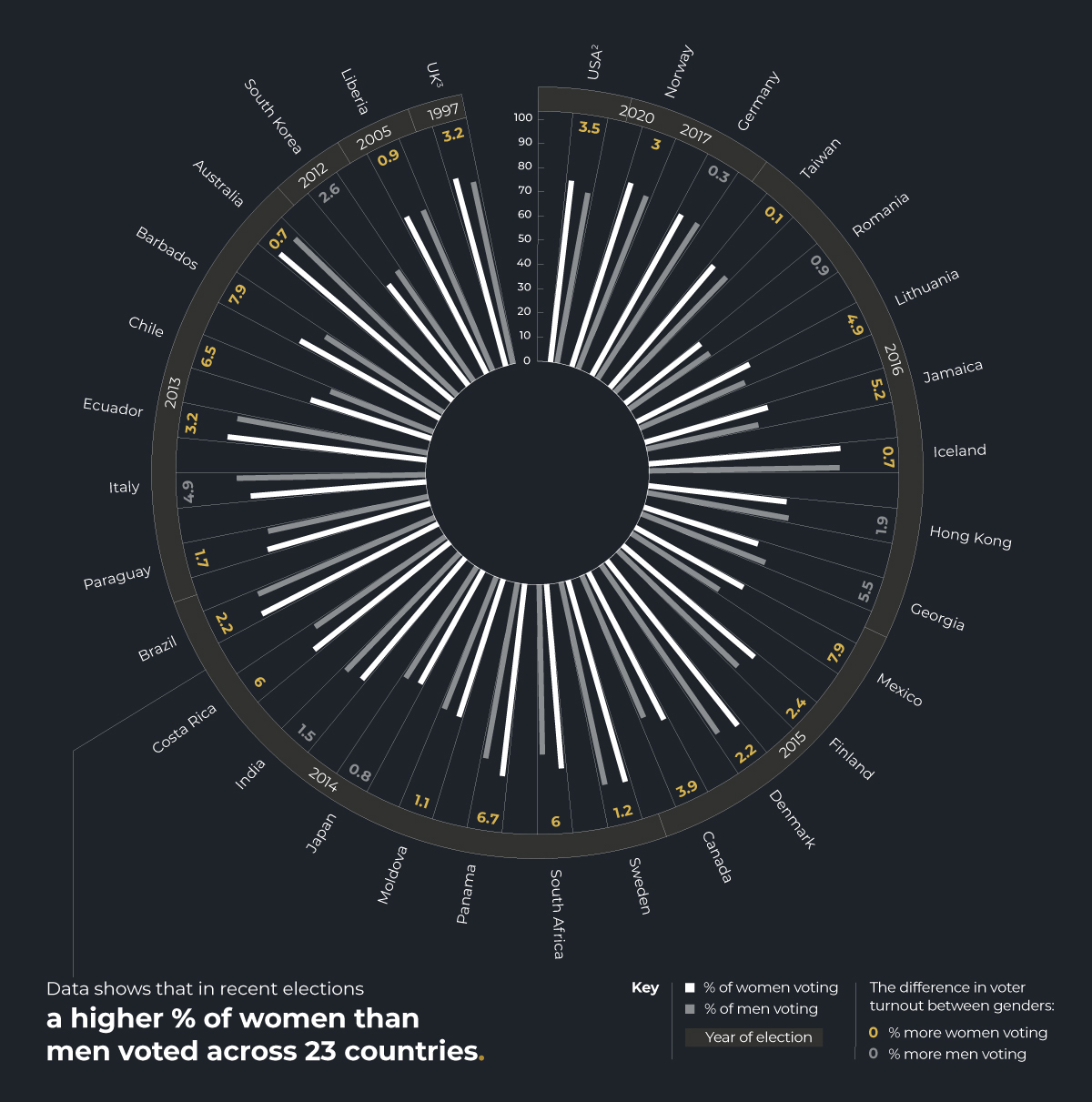This a provocative statement from "Pearl", a viral YouTube content creator notable for her anti-feminist, male chauvinist and regressive ideologies, in an interview on Piers Morgan Uncensored. "At the time. Becuase they'd been conditioned by men to think that they shouldn't have the vote." retorts Morgan. Fair point. When didn't want women want the vote? And how many didn't?
As with many of Davis' statements, when asked she is is unprepared to offer a source for the basis of her conclusions. At best, this statements seems based on outdated facts and reading on the opposition to the women's suffrage movement of the 19th and early 20th century, disregarding any potential social conditioning at time of publishing, any women's suffrage activity predating the 19th century, and any remaining barriers to women voting (based on race, citizenship, marriage status, wealth or literacy) following the introduction women's suffrage laws.
As with many of Davis' statements, when asked she is is unprepared to offer a source for the basis of her conclusions. At best, this statements seems based on outdated facts and reading on the opposition to the women's suffrage movement of the 19th and early 20th century, disregarding any potential social conditioning at time of publishing, any women's suffrage activity predating the 19th century, and any remaining barriers to women voting (based on race, citizenship, marriage status, wealth or literacy) following the introduction women's suffrage laws.
